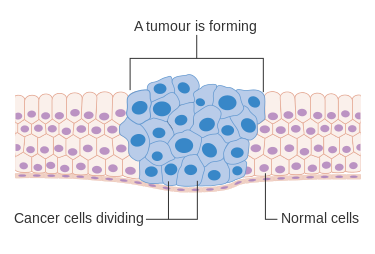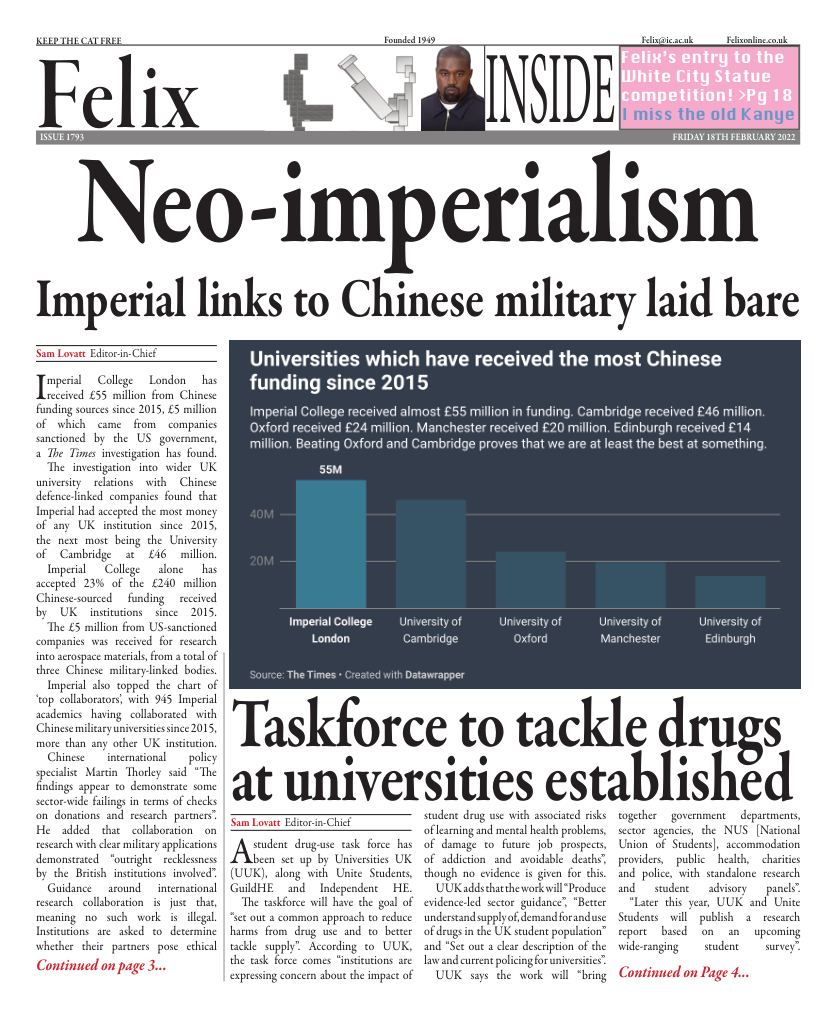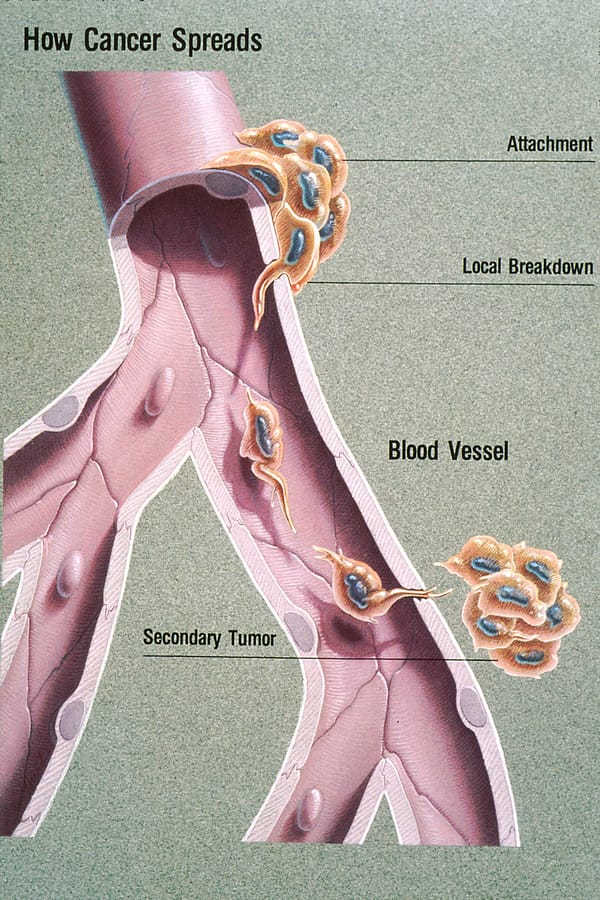Two novel approaches to cancer may bring us closer to the cure
The cancer swamp theory uses ecology to study cancer, and cancer vaccines could prevent the disease entirely.

Cancer killed close to 10 million people in 2020. Despite the treatments available such as chemotherapy and the massive investment in research on cancer, an all-encompassing cure has not been found yet. However, two novel approaches to understanding and fighting cancer could help light the path towards a cancer-free world.
Dr Kenneth J. Pienta is pioneer in the development of the cancer swamp theory. Pienta analyses cancer from an ecological perspective, characterising it as an invasive species that alters the surrounding environment. The different cells of the body would be the local plants and animals, while the space would be a specific part of tissue instead of biomes such as cabanas or jungles. Invasive species are species that have been introduced to a new environment, and are proliferating exponentially in a way that is detrimental to the ecosystem. They have two key characteristics: a very high reproductive rate and the ability to adapt to a changing environment. In all healthy ecosystems, there is a constant flow and cycling of nutrients. Small disturbances of the natural order of ecosystems make species more resistant, like the immune system after facing an infection, provided that the disturbance is not too much to withstand results in permanent damage.
Eutrophication is the nutrient enrichment of an ecosystem. If done slowly, eutrophication can be positive for the ecosystem, guaranteeing its perpetuity and increasing biodiversity. On the other other hand, rapid eutrophication in aquatic ecosystems is worse than a massive fire in a forest. A typical example of the negative effects of eutrophication is algae blooms. Fertilisers that are applied to crops can end up in rivers and oceans. They suffer abrupt increases in the concentrations of nitrogen and phosphorus, which are all limiting factors for algae growth. Consequently, algae start to duplicate massively, consuming massive amounts of oxygen and food in turn. The rest of the organisms such as fish and crustaceans die due to the lack of resources. Algae blooms do not end well even for the algae. As the algae have indirectly killed the other living organisms, the nutritional cycle is broken and there are no nutrient suppliers anymore. Thus, the algae eventually die and no living being is left. It is the same story in cancer development. In the case of cancer, as the abnormal growth is caused by the cancerous cells and not an external factor like the case of algae bloom, we call it autoeutrophication. Cancer cells are ecosystem engineers, capable of changing the cyclical flow of nutrients to a linear one, in which they receive all the resources. Due to the defective genetic material of cancer cells, these have uncontrollable cell growth, multiplying rapidly to huge numbers. They consume all available oxygen, creating a hypoxic environment. In response to the low levels of oxygen, cancer cells change their metabolism and begin anabolically (without need for oxygen) consuming glucose, releasing lactic acid that increases the acidity of the environment. Also, cancer cells take up all the glucose and other essential nutrients, not leaving anything to the rest of the cells, making them ‘asphyxiate’ and ‘starve’ to death. This ultra-toxic environment is deadly even for the cancer cells. These undergo a process of natural selection, in which only the fittest (and hence most lethal) cancer cells will survive, prepared to spread their kingdom of horror to other tissues of the body.

Prevention ecology focuses on solving the environmental damage caused by human activity. This includes taking active actions like cleaning the lake that caused the algae bloom. The oncological equivalent would be extracting the tumour. However, the best way to cure a malady is to prevent it. In ecology, this would be called conservation: protecting the ecosystems by creating rules and protected areas. In cancer, the “conservation” would be having a healthy lifestyle such as sleeping 8 hours or doing exercise. Another thing, more innovative, is cancer vaccines.
How do vaccines work? Vaccines contain weakened or dead pathogens that are inoculated to the person - this triggers a response of the immune system that destroys the weakened pathogen. The immune system will ‘remember’ the traits of this pathogen. In the future, when the real pathogen tries to invade the body, the immune system will be able to react more effectively. Vaccines are kind of ‘training’ the immune system – like doing a mock exam to be better prepared for the real one. Cancer vaccines should be able to prevent us from contracting cancer in the future. Although cancer vaccines are currently used to complement other therapies, a cancer vaccine for the whole population is still not developed yet because cancerous cells have multiple mechanisms to elude the immune system.
Conventional cancer treatments such as chemotherapy or radiotherapy are extreme and usually cause permanent damage to the patient. There is a growing interest in cancer vaccines and immunotherapy in general because they are less invasive, but are more complicated to develop.









